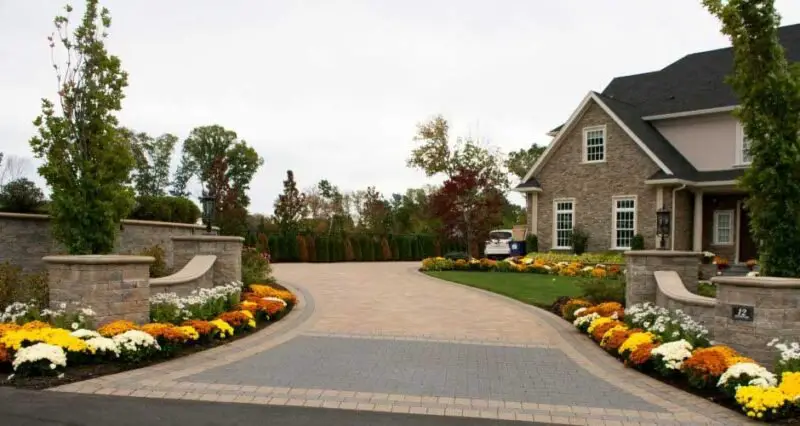
Creating a breathtaking driveway is not just about functionality; it’s an opportunity to make a lasting impression and enhance the overall curb appeal of your home. Whether you’re renovating an existing driveway or starting from scratch, here are essential tips to help you achieve a stunning result.
1. Design and Layout
The first step in creating a breathtaking driveway is thoughtful design. Consider the architectural style of your home and the surrounding landscape. The layout should complement the lines and angles of the house while incorporating practical considerations like the number of vehicles it needs to accommodate and ease of access.
2. Choosing Materials
Materials play a crucial role in the aesthetics and durability of your driveway. Options range from classic concrete and asphalt to more decorative choices like pavers, bricks, or natural stone. Each material has its own texture, color variations, and maintenance requirements, so choose one that aligns with your desired aesthetic and budget.
3. Focus on Lighting
Strategic lighting can transform a driveway from ordinary to extraordinary, especially at night. Consider incorporating ground-level lights along the edges or solar-powered lanterns to illuminate the path. This not only enhances safety but also creates a welcoming ambiance.
4. Landscaping and Greenery
Integrating landscaping elements along the driveway can soften its appearance and add natural beauty. Planting trees, shrubs, or flowering plants alongside the edges can provide shade, color, and texture. Just be mindful of selecting plants that won’t obstruct the driveway or require excessive maintenance.
5. Add Decorative Accents
Small details can make a big impact. Consider adding decorative accents such as borders, stamped patterns on concrete, or inlays of contrasting materials. These touches can elevate the visual appeal of your driveway and tie it into the overall theme of your home.
6. Maintenance Considerations
A breathtaking driveway requires ongoing maintenance to preserve its beauty and functionality. Regular cleaning, sealing (if applicable), and addressing cracks or potholes promptly are essential. Choose materials that are suited to your climate and intended usage to minimize upkeep.
7. Consider Eco-Friendly Options
For environmentally conscious homeowners, there are eco-friendly alternatives to traditional driveway materials. Permeable pavers, for example, allow water to filter through, reducing runoff and replenishing groundwater. They also minimize heat absorption, making them cooler in summer months.
8. Hire a Professional
While DIY projects can be rewarding, complex driveway installations or intricate designs may benefit from professional expertise. Contractors who are specialized in driveway edging and installation can give you valuable insights, make sure you have proper drainage, and execute the project in the right way.
9. Ensure Proper Drainage
Proper drainage is critical to prevent water pooling and potential damage to the driveway over time. Incorporate slopes or drainage channels that direct water away from the surface and towards designated runoff areas.
10. Regulatory Considerations
Before embarking on your driveway project, familiarize yourself with local regulations and obtain any necessary permits. These may include guidelines on driveway width, setback requirements, or materials allowed in your area.

